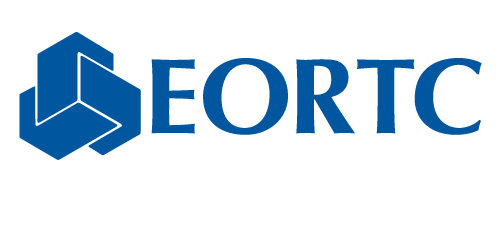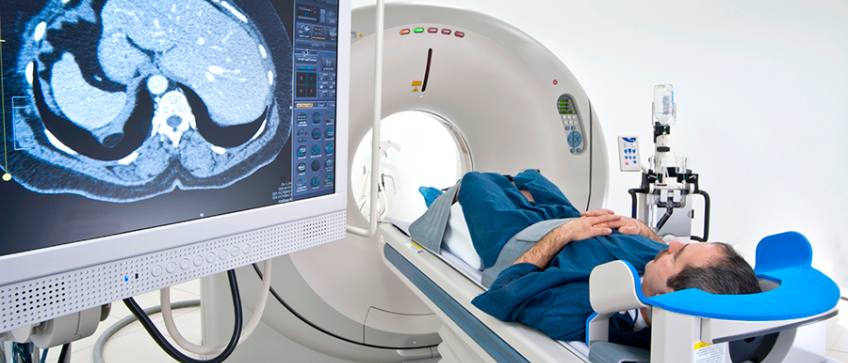Could an early PET scan help better manage Hodgkin Lymphoma?
17 Mar 2017
Adapting treatment based on results of early Positron-Emission Tomography (PET) scan in Stage I/II Hodgkin Lymphoma patients could improve outcomes, demonstrated a unique EORTC/LYSA/FIL H10 study published in the Journal of Clinical Oncology.
Patients treated with 2 cycles of doxorubicin, bleomycin, vinblastine and dacarbazine (ABVD) were evaluated with an early PET scan. While those randomized in the standard arm received additional ABVD chemotherapy followed by radiotherapy, irrespective of the PET result, those randomized in the experimental arm were treated according to the PET result : patients with negative PET result received additional ABVD chemotherapy but no radiotherapy, while PET positive patients received 2 cycles of escalated doses of bleomycin, etoposide, doxorubicin, cyclophosphamide, vincristine, procarbazine, prednisone (BEACOPPesc) followed by radiotherapy.
Out of the 1950 randomized patients, 1925 had an early PET scan, 18.8% of which were positive. Amongst these patients, 5-year Progression-Free Survival improved from 77.4% for those receiving standard of care to 90.6% for those treated with the intensified combined treatment regimen.
In patients with a negative PET, those with favorable prognosis and receiving combined therapy had a 99.0% 5-year Progression-Free Survival, compared to 87.1% in those with chemotherapy alone; those with unfavorable prognosis receiving combined therapy had a 92.1% 5-year Progression-Free Survival, compared to 89.6% in those with chemotherapy only. The study could not demonstrate the non-inferiority of chemotherapy alone as compared to combined therapy.
“The medical community has made great progress in treating early-stage Hodgkin Lymphoma,” said John Raemaekers, Principal Investigator for the study. “Being able to detect early what patients are most likely to benefit from a modified treatment strategy will help us address the needs of those sub-groups of patients and improve their overall risk/benefits ratios. The H10 study shows that early PET-positive patients , after two cycles of ABVD, significantly benefit in terms of progression-free survival from intensification with 2 cycles of BEACOPPesc+INRT, which should now be considered as the best treatment option. In early PET-negative patients, the overall outcome is excellent, either after combined therapy or after chemotherapy alone, albeit at the cost of more relapses after chemotherapy alone.”
The study was performed in collaboration with LYSA, the Lymphoma Study Association,
and FIL, the Fondazione Italiana Linfomi.
Related News
Meet the new EORTC Board
9 Jul 2024
We are pleased to announce the release of the EORTC 2023 Annual Report
17 Jun 2024
Dr Denis Lacombe, EORTC CEO, appointed stakeholder co-chair of ACT EU advisory group
24 May 2024
Clinical Trials Day 2024: a Q&A on pragmatic clinical trials
20 May 2024
EORTC/EMA workshop suggests an international way forward for treatment optimisation studies
8 May 2024
EORTC’s Participation at the ESTRO Congress 2024
29 Apr 2024
EORTC: Advancing research and treatment for rare cancers
29 Feb 2024
EORTC Fellowship Programme: celebrating more than 20 years of impactful collaboration
22 Feb 2024
Appointment of Malte Peters as EORTC Strategic Alliance Officer
9 Feb 2024
Unique series of workshops in partnership with the European Medicines Agency (EMA)
7 Feb 2024


